One month old baby feeding ounces
Amount and Schedule of Baby Formula Feedings
- In the first week after birth, babies should be eating no more than about 1 to 2 ounces (30 to 60 ml) per feed.
- During the first month, babies gradually eat more until they take 3 to 4 ounces (90 to 120 ml) per feed, amounting to 32 ounces per day. Formula-fed babies typically feed on a more regular schedule, such as every 3 or 4 hours. Breastfed babies usually take smaller, more frequent feedings than formula-fed infants.
If your baby sleeps longer than 4 to 5 hours during the first few weeks after birth and starts missing feedings, wake them up and offer a bottle.
By the end of the first month: Your baby will be up to at least 3 to 4 ounces (120 mL) per feeding, with a fairly predictable schedule of feedings about every 3 to 4 hours.
By 6 months: Your baby will consume 6 to 8 ounces (180–240 mL) at each of 4 or 5 feedings in 24 hours.
Formula feeding based on body weight
On average, your baby should take in about 2½ ounces (75 mL) of infant formula a day for every pound (453 g) of body weight. But they probably will regulate their intake from day to day to meet their own specific needs, so let them tell you when they've had enough. If they become fidgety or easily distracted during a feeding, they're probably finished. If they drain the bottle and continues smacking their lips, they might still be hungry.
There are high and low limits, however. If your baby consistently seems to want more or less than this, discuss it with your pediatrician. Your baby should usually drink no more than an average of about 32 ounces (960 mL) of formula in 24 hours. Some babies have higher needs for sucking and may just want to suck on a pacifier after feeding.
On-demand feeding
Initially it is best to feed your formula-fed newborn a bottle on demand, or whenever they cry with hunger.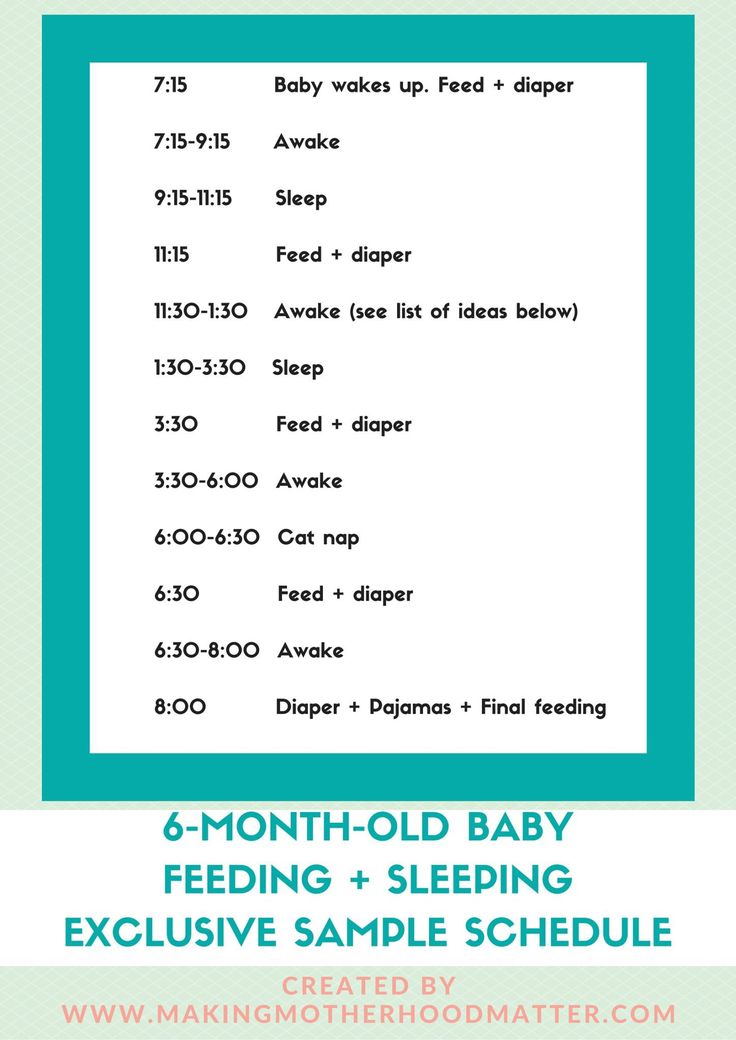 As time passes, your baby will begin to develop a fairly regular timetable of their own. As you become familiar with their signals and needs, you'll be able to schedule their feedings around their routine.
As time passes, your baby will begin to develop a fairly regular timetable of their own. As you become familiar with their signals and needs, you'll be able to schedule their feedings around their routine.
Eating & sleeping patterns
Between 2 and 4 months of age (or when the baby weighs more than 12 lb. [5.4 kg]), most formula-fed babies no longer need a middle-of-the-night feedings. They're consuming more during the day, and their sleeping patterns have become more regular (although this varies considerably from baby to baby). Their stomach capacity has increased, too, which means they may go longer between daytime feedings—occasionally up to 4 or 5 hours at a time.
If your baby still seems to feed very frequently or consume larger amounts, try distracting them with play or with a pacifier. Sometimes patterns of obesity begin during infancy, so it is important not to overfeed your baby.
Getting to know your baby's feeding needs
The most important thing to remember, whether you breastfeed or bottlefeed, is that your baby's feeding needs are unique. No book―or website―can tell you precisely how much or how often they need to be fed or exactly how you should handle them during feedings. You will discover these things for yourself as you and your baby get to know each other.
No book―or website―can tell you precisely how much or how often they need to be fed or exactly how you should handle them during feedings. You will discover these things for yourself as you and your baby get to know each other.
More information
- How Often and How Much Should Your Baby Eat?
- Making Sure Your Baby is Getting Enough Milk
- Is Your Baby Hungry or Full? Responsive Feeding Explained (Video)
- Remedies for Spitty Babies
- Last Updated
- 5/16/2022
- Source
- Adapted from Caring for Your Baby and Young Child: Birth to Age 5 7th Edition (Copyright © 2019 American Academy of Pediatrics)
The information contained on this Web site should not be used as a substitute for the medical care and advice of your pediatrician. There may be variations in treatment that your pediatrician may recommend based on individual facts and circumstances.
There may be variations in treatment that your pediatrician may recommend based on individual facts and circumstances.
How Often and How Much Should Your Baby Eat?
By: Sanjeev Jain, MD, FAAP
One of the most common questions new parents have is how often their baby should eat. The best answer is surprisingly simple: in general, babies should be fed whenever they seem hungry.
How do I know when my baby is hungry?
For babies born
prematurely or with certain medical conditions, scheduled feedings advised by your pediatrician are best. But for most healthy, full-term infants, parents can look to their baby rather than the clock for hunger cues. This is called feeding on demand, or
responsive feeding.
Hunger cues
A hungry baby often will cry. But it's best to watch for hunger cues before the baby starts
crying, which is a late sign of hunger and can make it hard for them to settle down and eat.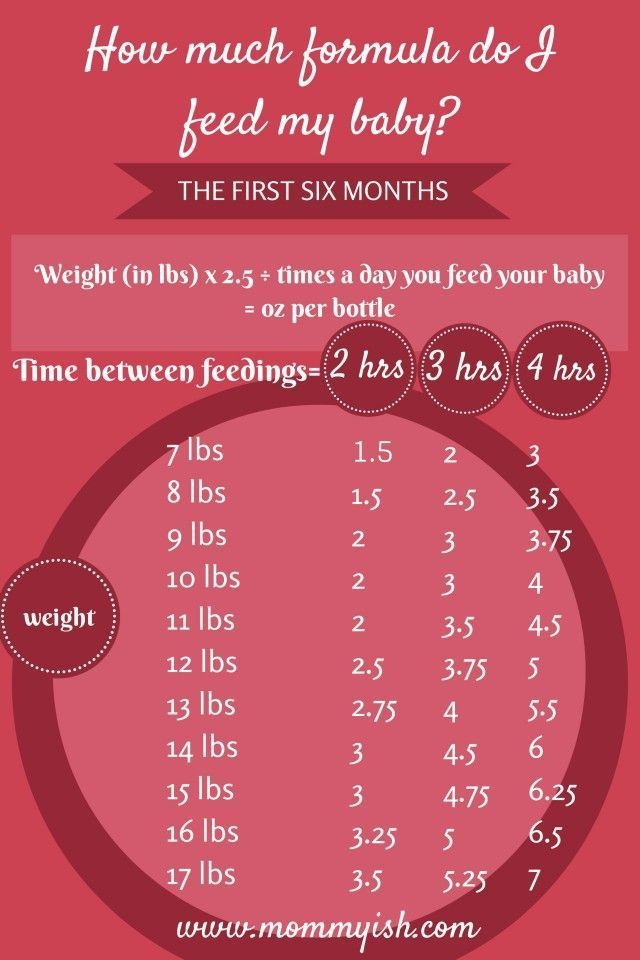
Some other typical hunger cues in babies:
Licking lips
Sticking tongue out
Rooting (moving jaw and mouth or head in search of breast)
Putting his/her hand to mouth repeatedly
Opening her mouth
Fussiness
Sucking on everything around
It is important to realize, however, that every time your baby cries or sucks it is not necessarily because he or she is hungry. Babies suck not only for hunger, but also for comfort; it can be hard at first for parents to tell the difference. Sometimes, your baby just needs to be cuddled or changed.
General guidelines for baby feeding
It is important to remember all babies are different―some like to snack more often, and others drink more at one time and go longer between feedings. However, most babies will drink more and go longer between feedings as they get bigger and their tummies can hold more milk:
Most newborns eat every 2 to 3 hours, or 8 to 12 times every 24 hours.
 Babies might only take in half ounce per feeding for the first day or two of life, but after that will usually drink 1 to 2 ounces at each feeding. This amount increases to 2 to 3 ounces by 2 weeks of age.
Babies might only take in half ounce per feeding for the first day or two of life, but after that will usually drink 1 to 2 ounces at each feeding. This amount increases to 2 to 3 ounces by 2 weeks of age.At about 2 months of age, babies usually take 4 to 5 ounces per feeding every 3 to 4 hours.
At 4 months, babies usually take 4 to 6 ounces per feeding.
At 6 months, babies may be taking up to 8 ounces every 4 to 5 hours.
Most babies will increase the amount of formula they drink by an average of 1 ounce each month before leveling off at about 7 to 8 ounces per feeding. Solid foods should be started at about 6 months old.
Concerns about overfeeding or underfeeding your baby
Too full?
Babies are usually pretty good at eating the right amount, but they can sometimes take in more than they need. Infants who are
bottle feeding may be more likely to overfeed, because drinking from a bottle may take less effort than
breastfeeding.
Overfed babies can have stomach pains, gas, spit up or vomit and be at higher risk for obesity later in life. It's better to offer less, since you can always give more if your baby wants it. This also gives babies time to realize when they're full.
If you are concerned your baby wants to eat all the time―even when he or she is full―talk with your pediatrician. Pacifiers may be used after feeding to help sooth healthy-weight babies who like to suck for comfort, rather than nutrition. For babies who are breastfed, it's best to wait to offer pacifiers until around 3 to 4 weeks of age, when breastfeeding is well-established.
Trouble gaining weight?
Most babies will double their birth weight by 5 months of age and triple their birth weight by their first birthday. If your baby is having trouble gaining weight, don't wait too long between feeding―even if it means waking your baby. Be sure to talk with your pediatrician about how often and how much to feed your baby.
How do I know if my baby is getting enough to eat?
Daily diapers
A newborn's diaper is a good indicator of whether he or she is getting enough to eat. In the first few days after birth, a baby should have 2 to 3 wet diapers each day. After the first 4 to 5 days, a baby should have at least 5 to 6 wet diapers a day. Stool frequency is more variable and depends whether your baby is breastfed or formula fed.
Growth charts
During regular health check-ups, your pediatrician will check your baby's weight and plot it on a growth chart. Your baby's progress on the growth chart is one way to tell whether or not they are getting enough food. Babies who stay in healthy growth percentile ranges are probably getting a healthy amount of food during feedings.
Remember
Talk with your pediatrician if you have any questions or concerns about your baby getting the right amount to eat.
More information:
- Making Sure Your Baby is Getting Enough Milk
- Amount and Schedule of Formula Feedings
- Is Your Baby Hungry or Full? Responsive Feeding Explained (Video)
- Remedies for Spitty Babies
- Ask the Pediatrician: With the baby formula shortage, what should I do if I can't find any?
- Ask the Pediatrician: How should we feed our baby if we're running low on money?
-
Airplane Choo Choo: A Feeding Guide for Children (National Dairy Council)
About Dr.
 Jain:
Jain:
Sanjeev Jain, MD, FAAP, is a Clinical Associate Professor of General Pediatrics and Adolescent Medicine at the University of Wisconsin School of Medicine and Public Health. Within the American Academy of Pediatrics, he is a member of the Section on International Child Health and the Wisconsin State Chapter.
The information contained on this Web site should not be used as a substitute for the medical care and advice of your pediatrician. There may be variations in treatment that your pediatrician may recommend based on individual facts and circumstances.
Feeding a 9-month-old baby, recipes and feeding tips
Feeding a baby 9-month-old baby. In the first year after birth, babies grow very quickly and their nutritional needs change rapidly as they grow.
9-month-old baby feeding recipes and feeding tips When your baby is nine months old, you will be asked to make changes to his diet. This means that you will be asked to switch from breast milk or breast milk to solid foods.
This means that you will be asked to switch from breast milk or breast milk to solid foods.
If you want to know the feeding schedule for a nine-month-old baby, what foods can be fed, feeding tips and other related topics, read the next part of the article!
You need: Middle Child Syndrome - signs and tips for parents to prevent it
What kind of food should a 9-month-old baby eat?
try to الأطفال food when they reach this stage. While some children may be more interested in fruits, others may prefer vegetables.
Some children may also like pureed or mashed potatoes, while others may like chewy foods or a more textured food.
What you need: Punishing a child, 12 effective methods for parents that do not harm the psychological and mental health of a child
Here are some food ideas for feeding a 9-month-old baby:
which you can add to your child's diet:
- Apricot
- plum
- Watermelon
- carrots
- Green beans
- beetroot
- Pumpkin
- Broccoli
- Potato
- tomatoes
- Eggplant
- zucchini
- Cauliflower
2.
 Not vegetarian.
Not vegetarian. Here are some non-vegetarian foods that can be given to a 9 month old baby:
- yolk
- Chicken
- high temperature
- fish (other than shellfish)
3. Other Nutrients
Here is a list of other foods you can feed your nine month old baby:
- Bread
- Oats
- Tofu
- yogurt
- cheese
- butter
- walnut
- barley
- Nut
- Quinoa
- Semolina
You need: Digital age between parents and children - challenges and suggestions for parents in the digital age
How much milk is enough to feed a 9-month-old baby?
By 9 months, he may have already eaten three main meals and one or two snacks in between, which may include fruits, vegetables, cereals, and other types of foods.
9-month-old baby feeding recipes and feeding tips However, breast milk or formula is still important for your baby and should be an important part of his nutritional plan. This is because your baby still needs enough protein in their diet, and milk is one of the most important sources of protein to help with that.
This is because your baby still needs enough protein in their diet, and milk is one of the most important sources of protein to help with that.
A nine-month-old baby's milk supply can range from 16 to 24 ounces, depending on the amount of solid food the baby consumes throughout the day.
Need: Healthy and delicious lunch ideas for kids - your kids will love and love every day solid foods, you should be especially careful when feeding certain types of food, as they can cause complications in young children.
Here are some foods to avoid when feeding a 9-month-old baby:
- Honey in any form should be avoided as it can cause infant botulism, an infection that can damage your baby's intestines. Also, honey at such a young age can affect the development of your child's teeth.
- Raw eggs may lead to salmonella contamination; So make sure you feed your baby well cooked egg yolk and egg yolk.
- Sugary foods such as candy, ice cream, custard or cookies should be avoided.
 Also, don't forget to watch how much sugar you add to baby food.
Also, don't forget to watch how much sugar you add to baby food. - Do not give fish that are high in mercury, as this can damage the central nervous system of your growing child. Some fish high in mercury include sharks, marlin, swordfish, etc.
- Whole nuts are bad for your baby as they are hard to chew and can cause choking in babies.
- Too much salt can damage your child's kidneys. Therefore, do not forget to add very little salt to baby food.
9 Months Feeding Food Recipes
Think of making delicious and nutritious recipes for your baby, here we have some easy recipes you can try!
1. Sweet potatoes and peaches.
The perfect dinner recipe for your little one that contains the health benefits of peaches and sweet potatoes.
ingredients:
- 2 ripe peaches
- 1 medium sweet potato
- some water
- Cinnamon as needed
how to prepare:
- Sweet potatoes and peaches climb well.
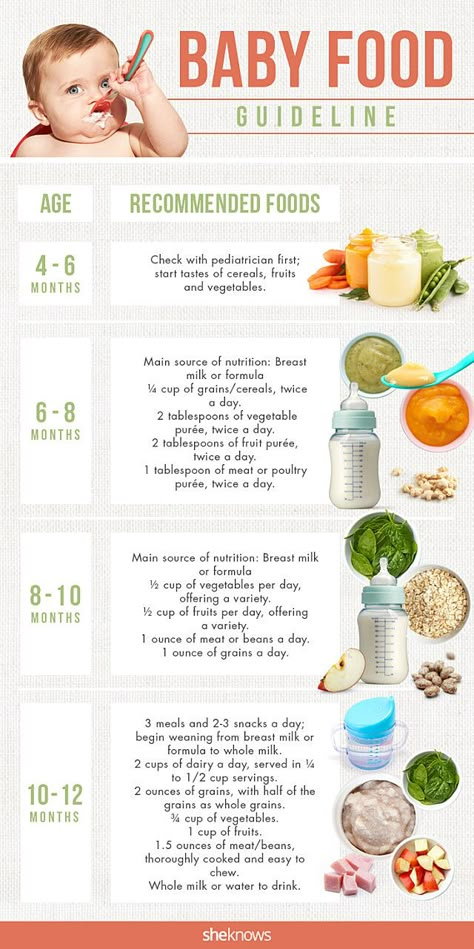
- Soak in excess water, peel and cut sweet potatoes and peaches. Keep it aside.
- Preheat the microwave oven to 375 degrees.
- Arrange sliced peaches and sweet potatoes in a flat baking dish.
- Sprinkle with cinnamon and add water to coat the pieces.
- Cover a baking dish with aluminum foil and cook for 15-20 minutes or until food is done.
- Remove the contents from the baking dish and mash as your child likes.
2. Fried eggs and sweet potatoes.
This is one of the nutritious 9 month old baby food recipes that has all the goodness of eggs and sweet potatoes.
Feeding a 9-month-old baby, recipes and feeding tipsIngredients:
- 1 egg (egg yolk can be used)
- ½ cup puree
- a little pepper
- 1 teaspoon butter
how to prepare :
- Take a bowl. Add mashed potatoes and eggs.
- Mix well.

- Melt the butter in a frying pan, then add it to the potato and egg mixture.
- Continue stirring with a spoon until the mixture is combined.
- Pour the contents into a bowl and mash if you want to adjust the consistency to your child's preference.
3. Apples and Pumpkins
This easy recipe can be made quickly and served as a main course!
Ingredients:
- 2 cups apple, peeled and chopped
- 1 cup pumpkin, peeled and chopped
- ¼ teaspoon cinnamon powder
- 1 glass of water
how to prepare :
- Place the sliced apples and pumpkin in a bowl.
- Sprinkle with cinnamon powder and mix thoroughly.
- Heat water in a heavy bottomed pan.
- Throw a pumpkin and cut an apple in water.
- Cook over medium heat until soft and tender.
- Turn off the heat and let the mixture cool down.
- Gently knead it and give it to your baby!
4.
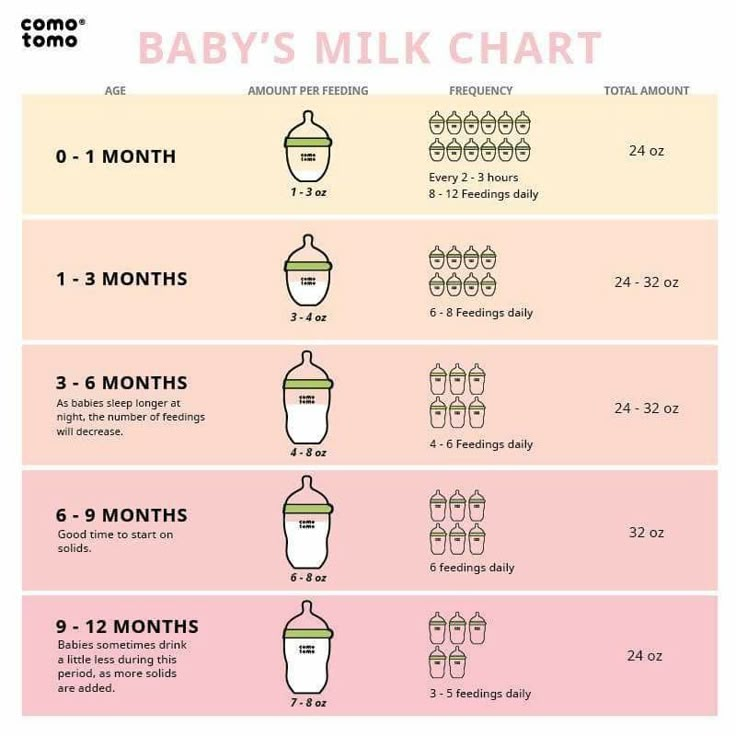 Fruit yogurt.
Fruit yogurt. One of the easiest baby food recipes for your nine month old baby, this yogurt recipe can be made in no time.
Feeding a 9-month-old baby, recipes and feeding tipsIngredients:
- 1 cup of plain yogurt
- ½ cup fruit puree (blueberries, strawberries, peaches and other fruits)
how to prepare :
- Mix fruit puree and yogurt in a bowl.
- Look at this delicious and sweet treat as a snack for your little one!
You can use mixed vegetable puree instead of fruit puree for some variations.
For more information on feeding a 9-month-old baby, recipes and feeding tips, you can find out in the following video: : Complete daily meal plan for infants aged 9+months to one year, including types of foods, correct amount and number of meals.
🎖▷ Why You Shouldn't Worry About Weight Gain With Lamictal
Psychology
4,346 2 minutes read
If you're worried that taking Lamictal (lamotrigine) might cause weight gain, there's good news.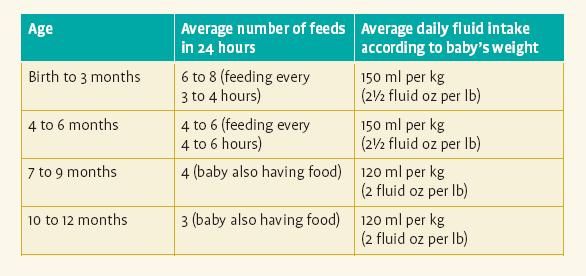 It probably won't affect your weight much. If anything, you're more likely to lose weight due to Lamictal than gain weight, but either way, the changes are likely to be pretty small.
It probably won't affect your weight much. If anything, you're more likely to lose weight due to Lamictal than gain weight, but either way, the changes are likely to be pretty small.
The effect of Lamictal on weight has been little studied and various clinical trials have found minimal effect. In fact, some researchers even considered the drug as a possible remedy for obesity and as a remedy for overeating. This information should be reassuring for people with bipolar disorder, as many of the medications used to treat this condition can cause weight gain.
Lamictal findings and weight gain or loss
Lamictal is an anticonvulsant that can be used to treat seizures such as epilepsy. It is also used as a mood stabilizer for bipolar disorder.
In the first clinical trials with the drug, 5 percent of adults with epilepsy lost weight while taking Lamictal, while 1 to 5 percent of patients with bipolar I disorder gained weight while taking the drug. The researchers do not disclose how much weight patients have gained or lost.
Meanwhile, a 2006 study comparing the effects on weight of Lamictal, lithium, and placebo found that some Lamictal-treated patients gained weight, some lost weight, and most remained about the same weight. Weight changes are usually not many pounds anyway. Obese patients taking Lamictal lost an average of four pounds, while the weight of non-obese patients remained virtually unchanged.
Relationship between weight gain and other bipolar drugs
Weight gain from medications used to treat bipolar disorder is unfortunately quite common. Some mood stabilizers commonly used for bipolar disorder, especially lithium and Depakote (valproate), carry a high risk of weight gain.
In addition, the atypical antipsychotics Clozaril (clozapine) and Zyprexa (olanzapine) tend to cause significant weight gain in people who take them. Finally, some antidepressants, notably Paxil (paroxetine) and Remeron (mirtazapine), have been associated with weight gain.
Therefore, if you are already overweight, you and your psychiatrist may want to consider additional weight gain when determining your bipolar medication regimen. Based on this, Lamictal may be a good choice.
Based on this, Lamictal may be a good choice.
Lamictal as a possible treatment for obesity
Lamictal has also been studied as a possible treatment for obesity in people without epilepsy or bipolar disorder.
In a small 40-person clinical trial conducted in 2006, researchers randomly assigned participants to receive either lamictal or placebo for up to 26 weeks. Each participant in the study had a body mass index (BMI) between 30 and 40, placing them in the obese group to the level of severe obesity. Those who took Lamictal lost an average of just over 10 pounds. Those who took the placebo lost about 7 pounds in the meantime, so while those who took Lamictal lost more weight, they didn't lose all that much more.
Another study in 2009 looked at Lamictal as a remedy for overeating. This study involved 51 people with the condition that 26 of them received Lamictal, and 25 - placebo.
Those who took Lamictal lost more weight than those who took placebo (about 2.5 pounds vs.










